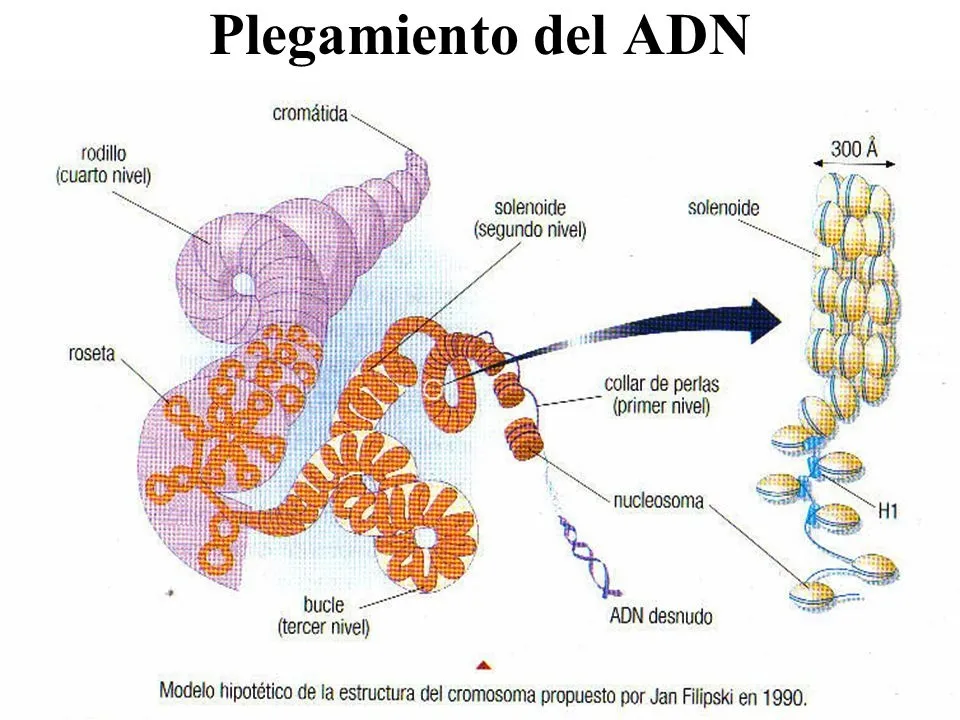Researchers at Penn Medicine, from the University of Pennsylvania, have discovered, in a first study of this type, in mice, that changes in the DNA sequence can cause chromosomes to fold so that the risk of type 1 diabetes increases, as they publish in the magazine 'Immunity'.
The investigation has revealed that the differences in the DNA sequences drastically changed the way in which the DNA was folded within the nucleus, ultimately affecting regulation, induction or repression, of genes linked to the development of type 1 diabetes.
"While we know that people who inherit certain genes have a higher risk of developing type 1 diabetes, there has been little information about the underlying molecular factors that contribute to the link between genetics and autoimmunity," says the main author of the Golnaz Vohedi study, Assistant Genetics at the Perelman Medicine Faculty (PSOM) of the University of Pennsylvania and member of the Immunology Institute and the Penn of Epigenetics.
"Our research, for the first time, demonstrates how the incorrect folding of DNA, caused by sequence variation, contributes to the development of type 1 diabetes-adds-. With a deeper understanding, we hope to form a basis for developing strategiesTo reverse DNA unfolding and change the course of type 1 diabetes. "
Autoimmune diseases occur when the body's immune system attacks and destroys healthy organs, tissues and cells.There are more than 80 types of autoimmune diseases, including rheumatoid arthritis, intestinal inflammatory disease and type 1 diabetes.
In type 1 diabetes, the pancreas stops producing insulin, the hormone that controls blood sugar levels.White blood cells called T lymphocytes play an important role in the destruction of insulin pancreatic beta cells.
Until now, little was known about the degree to which the sequence variation could cause an unusual chromatin folding and, ultimately, affect gene expression.
In this study, Penn Medicine researchers generated ultra -resolution genomic maps to measure the three -dimensional folding of DNA in T lymphocytes in two mice strains: a mouse strain susceptible to diabetes and diabetes resistant.
The two mice strains have six million differences in their genomic DNA, which is similar to the amount of differences in the genetic code between two humans.
The Penn team, led by Vohedi and the first authors Maria Fasolino, postdoctoral fellow in immunology, and Naomi Goldman, a student graduated in the PSOM, discovered that the regions associated with insulin and previously defined diabetes were also the most hyperfoliated regions in theDiabetic mice T cells.
Then, the researchers used a high resolution image technique to corroborate the incorrect folding of the genome in diabetes susceptible mice.It is important that the change in folding patterns occurred before the mouse was diabetic.
Researchers suggest that observation could serve as a diagnostic tool in the future if researchers can identify such hyperfoliated regions in humans.
After establishing the place where chromatin is poorly folded in M mice cells, researchers sought to study gene expression in humans.Through a collaboration with the human pancreas analysis program, they discovered that a type of homologous gene in humans also demonstrated increased expression levels in immune cells that are infiltrated in the pancreas of humans.
"While it is neededMuch more work, our findings bring us closer to a more mechanistic understanding of the link between genetics and autoimmune diseases, an important step to identify the factors that influence our risk of developing diseases, such as type 1 diabetes, "says Vahedi.


